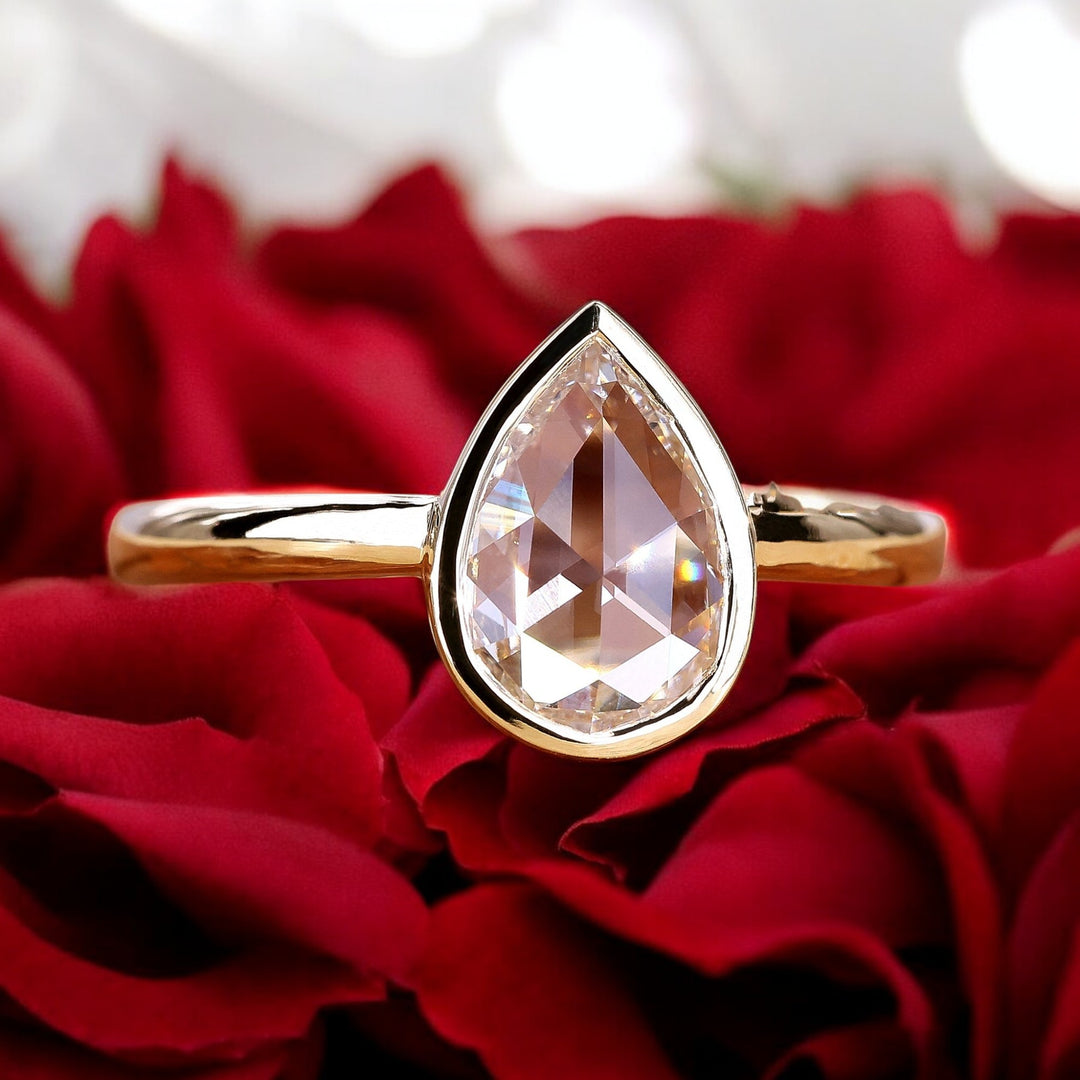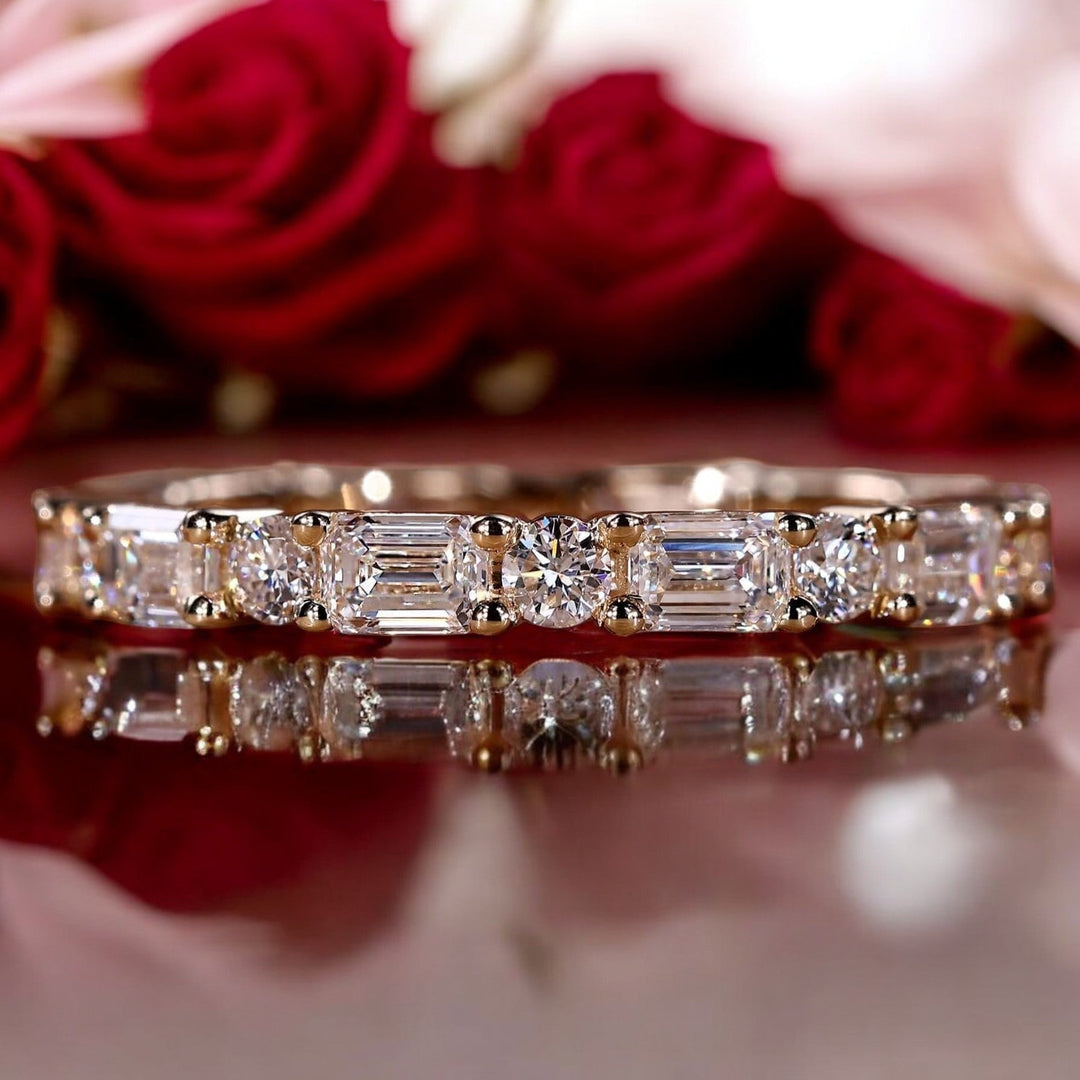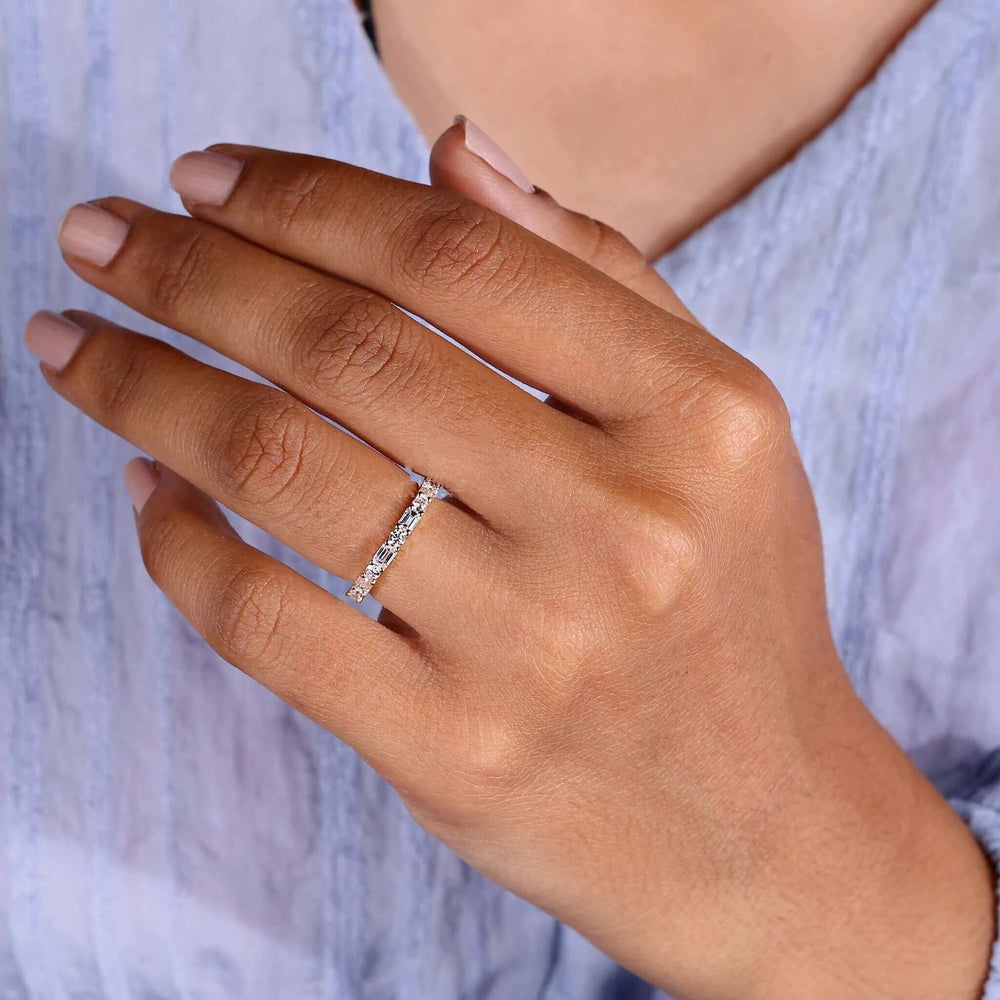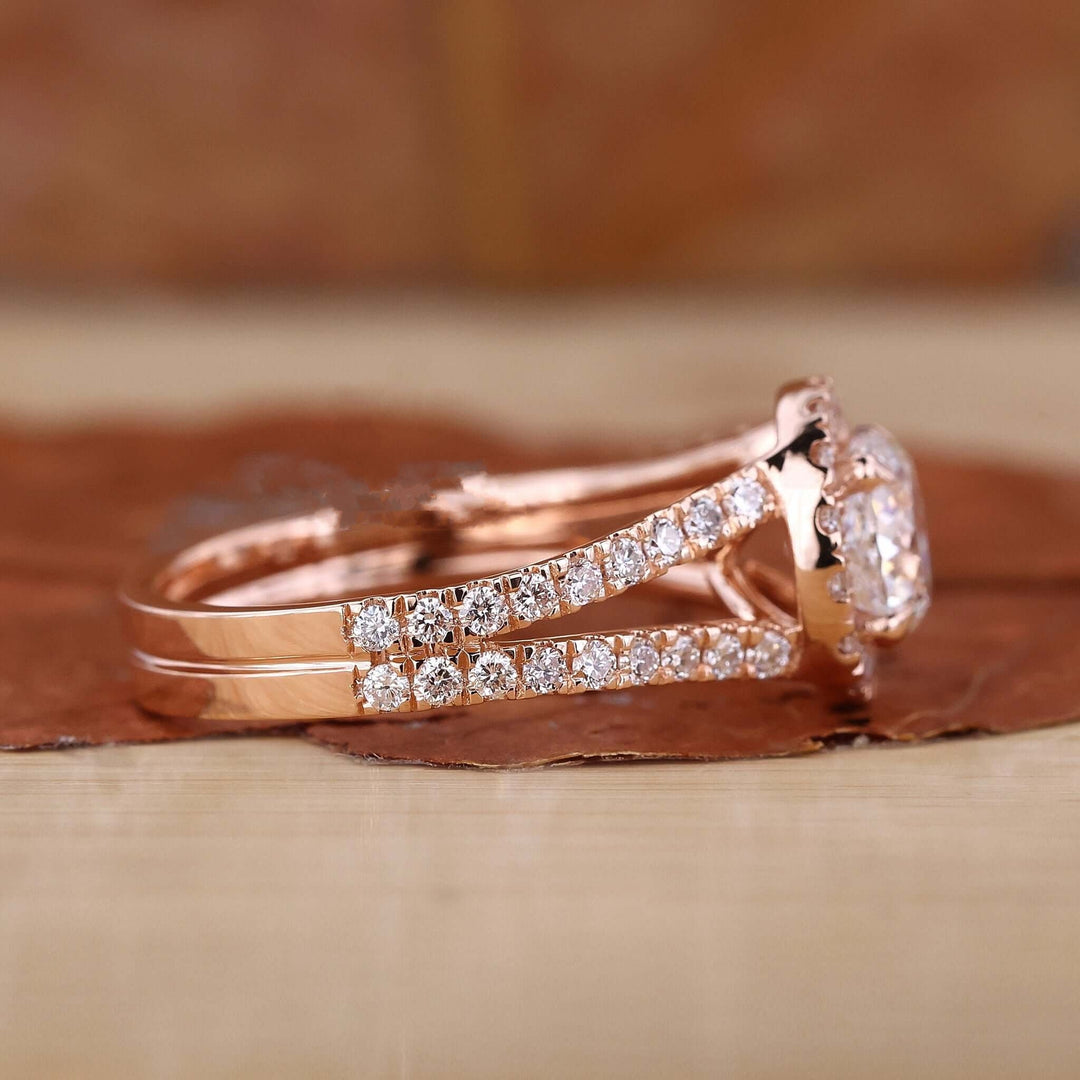
Setting Types
|
An engagement ring should be a reflection of the person wearing it. Here are a few tips to help begin: |
|
Prongs Prongs are the most traditional setting technique. Prongs allow for maximum exposure of the diamond and minimize the presence of metal (gold or platinum). In turn, more light is able to pass through the diamond, which only adds to its brilliance. |
|
Bezel This setting style, primarily known for its simplicity and durability, encases the surrounding outer edge of the diamond in a fine frame of metal (gold or platinum). When using white gold or platinum it can often give the diamond a larger appearance. The bezel setting is a versatile one because it can accommodate every diamond shape. |
|
Tension A tension setting is a modern and beautiful method of setting a diamond into a ring. In tension-set rings, the diamond is essentially "squeezed" into a small groove that is cut into the tension mounting. The mountings are manufactured using precious metals that are especially hardened to grip the diamond without the necessity of prongs. The settings are designed to be very secure. |
|
Channel Channel settings are a loved for their brilliance and durability. With this setting, small diamonds (usually round or princess-cut) are set deep into the metal band, thus creating a “channel” which holds the diamonds. The small diamonds are very secure because they are embedded into the metal, making it very difficult for them to fall out. For this reason, channel settings are a particularly good choice for people who work with their hands. |
|
Twist Twist settings are becoming more and more popular among couples looking to buy an engagement ring. In this setting, the metal band is shaped and turned to create a crisscrossed effect. The result is a unique look that is as complex as it is delicate. |
|
Bar As the name suggests, the bar setting is characterized by two metal bars that hold the diamond in place. The bar setting is a sleek and modern look that makes a bold statement. This setting is also showcases the center diamond beautifully, which allows more light to enter the diamond and increases the diamond’s brilliance. |










